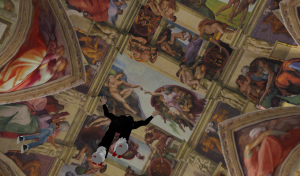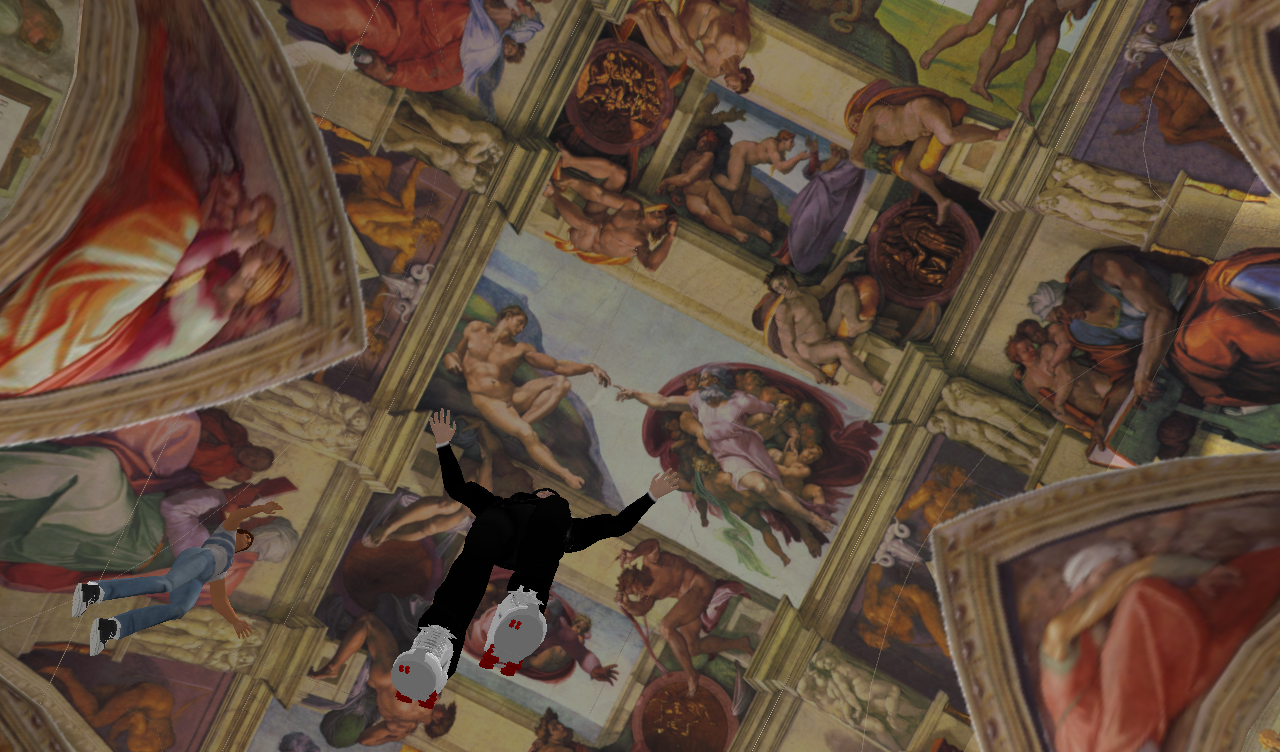I was thinking a bit about where I stand as a learner as opposed to a party/teacher invested in learning as a process. I can study it all I want and try to strip away its layers like an onion, but where do I stand on the opposite side of the microscope? Have I fulfilled my learning ambitions (I certainly hope not) and achieved a sense of self-actualization? Am I capable of mindful gap learning, understanding where my knowledge construct sits in terms of what I know and what I need to know? Am I literate in the way I need to be?
And this conversation inevitably leads to Maslow’s Hierarchy of Needs, which does a decent, if incomplete job, of measuring motivation to rewards. It is my experience, however, that all these layers bleed a lot more than we are willing to let on, but it certainly provides a great starting point for the discussion of what drives the learner. What does incentive mean in terms of higher order thinking?
Morality, creativity, spontaneity? Lofty goals, indeed. But ones that reach far, far beyond pure incentivizing. And this is where educators should take note. Rewards, at least material ones, matter less the further you reach up this ladder. In the highest tier, where creativity and spontaneity reign supreme, it is imperative that we not equate incentive or motivation with material, or more to the point, monetary wealth. Life isn’t a process of skilling up towards the higher paycheck (not necessarily). Higher education should take note and be wary of appeasing the encompassing drive towards job skilling.
Sure all of this is muddied at an individual level. Money will always be a motivator of some, a determinant of many others. It surely has predictive properties. But you cannot necessarily incentivize higher order thinking divorced from the thinking itself. It is the reason, not the product. And this is where I sit and want to sit and need to sit as an agent of change for the rest of my life. So, I suppose I live in that upper tier of the pyramid.
Can we embed this in our learning? Towards fulfillment, creativity, spontaneity? Can we incentivize creativity by merely allowing for creativity? Can we reward spontaneity with actual spontaneous freedom? Surely. Do we have the guts to sever our understanding learning away from a purely economic model? That is a different story.
I wanted to reward the patient reader here with a few tracks that I am loving this Friday evening (when all the creative and spontaneous juices of the weekend are freely flowing). I do hope you enjoy. Just click on them to listen, right click to download. I was feeling a bit country tonight, but the good kind. The stuff that speaks to the moral soul abreast the top of a pyramid (obviously, the ego becomes an issue at this stage of learning development). The minute I stop staring up at this level is the moment I start sliding down.
As for the music, I don’t know what cotton picking feels like, but I know the longing they speak of and that is the stuff we all latch onto. I suppose that is a creative impulse speaking, but good songwriting is good songwriting. Enjoy.
Justin Townes Earle-Mama’s Eyes (MP3)
Buddy & Julie Miller-Ellis County (MP3)

